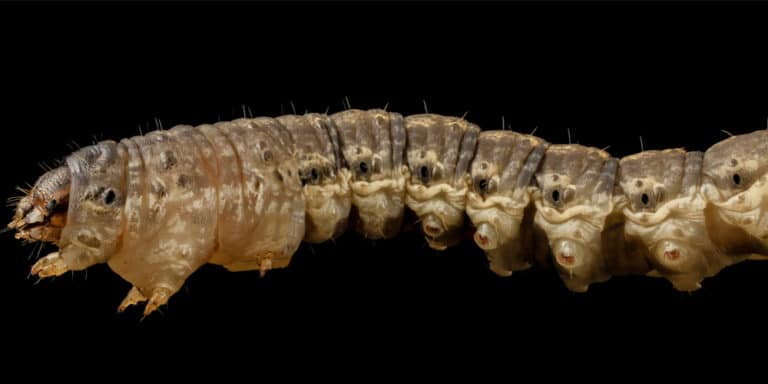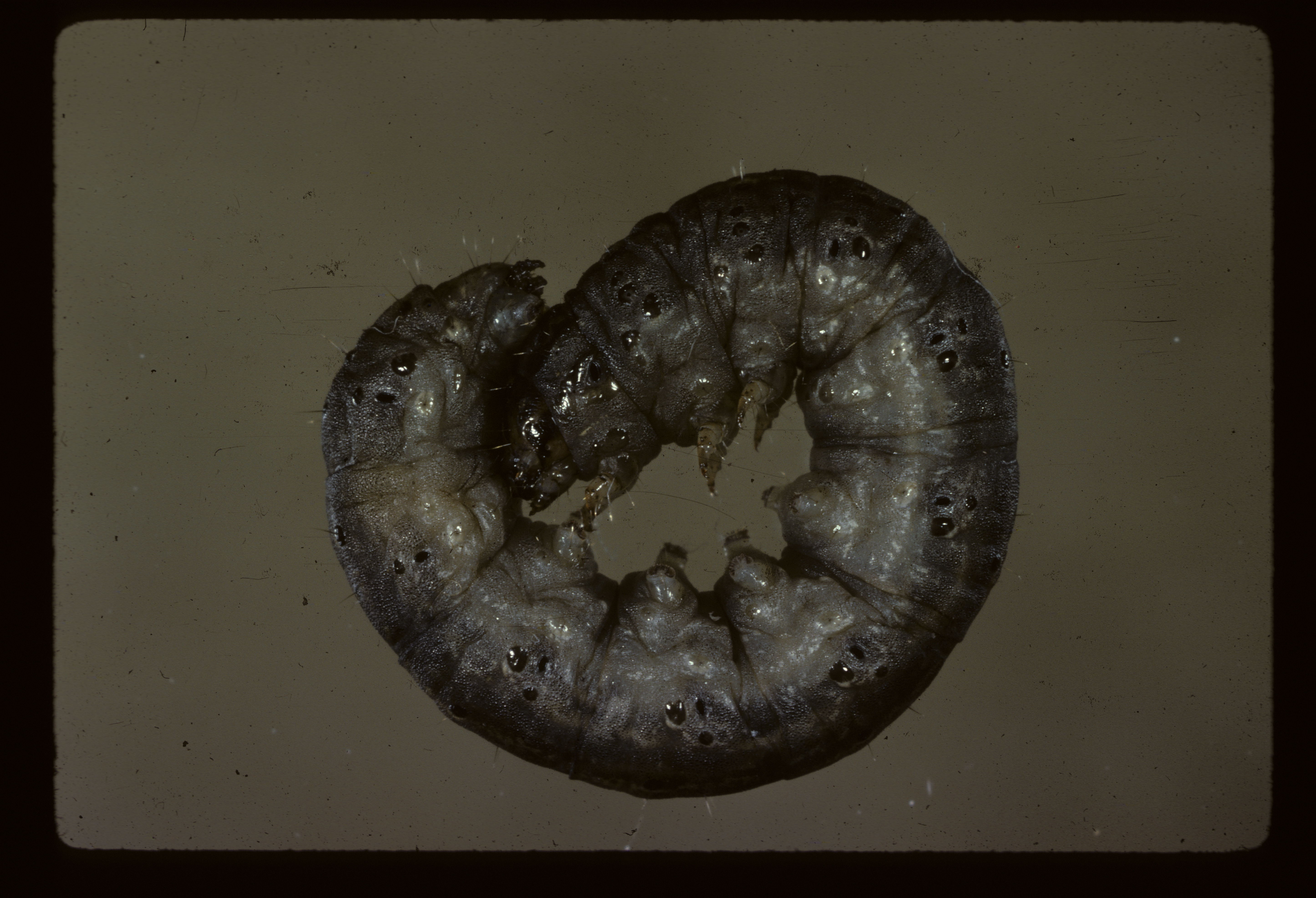


Apply the mixture and wait for 5 minutes. Scout using a tablespoon of lemon scented dish soap in a five-gallon bucket of water. The action threshold for well-maintained turfgrass is 4 larvae per sq ft. Scouting and Thresholds Scouting for larvae should begin in the fall months (September and October) prior to the onset of cold weather. If the lawn has been aerated, cutworms may be found in the late summer and fall in these holes and damage is apparent around them. Young larvae feed only on foliage, although mature larvae develop a subterranean habit and may cut off plants at the surface and feed on them in their burrows. Eggs are laid on host plants, and hatch after a few days. Black cutworm feed on turfgrass maintained at a low height (greens and fairways) while winter cutworm feed on turfgrass in higher cut areas (lawns, sports fields, and golf course roughs).īiology and life history Both winter cutworm and black cutworm overwinter as larvae and adults emerge throughout May and June. Birds will also disrupt the turfgrass surface while feeding on the insects in the fall. Larval cutworm populations build as the summer progresses and damage typically occurs in the late fall or early winter when turfgrass growth slows, but larvae continue to feed on the turfgrass. Winter cutworm and black cutworm are more common turfgrass pests than the glassy and variegated cutworm. The variegated cutworm has a series of 4 to 7 small, yellow dorsal spots and the terminal (most posterior) body segment has a transverse yellow line and a black 'W', which is most evident on mature larvae. The glassy cutworm larvae are glossy, semi-translucent with a greenish-white or grey body lacking body markings, and a prominent reddish-brown head. The black cutworm is light gray to almost black in color, with a greasy appearing texture and coarse granules of various size on the skin. Winter cutworm also have a tan head with 2 black arcs on the eyes. Winter cutworm have black dashes that run the length of the larvae, bordered by a cream-yellow line. Larvae are typically 1 to 1.5 inches long.


Pest description and crop damage Adult cutworms are medium to large moths but all damage is due to larval feeding.


 0 kommentar(er)
0 kommentar(er)
